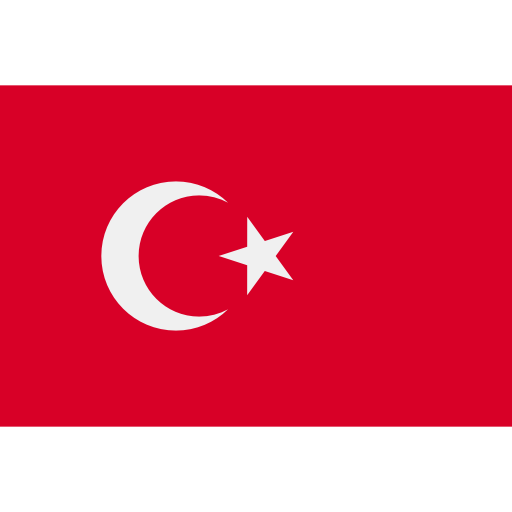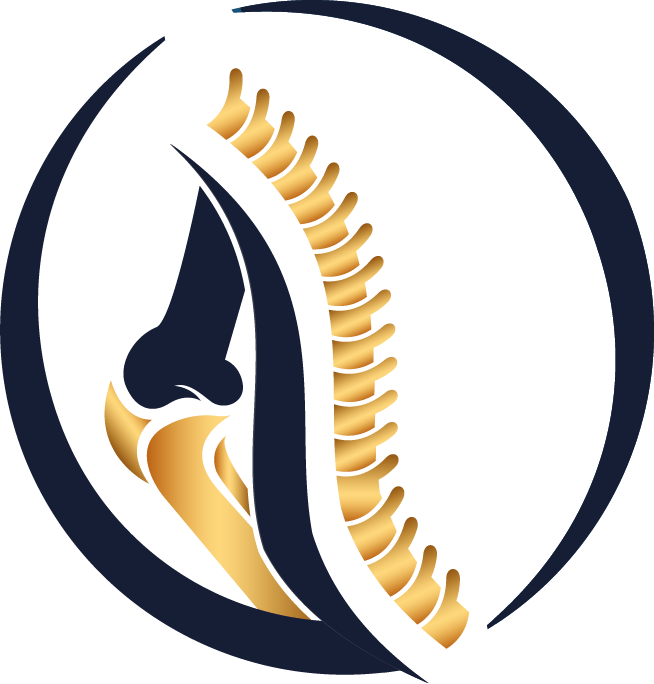What is Kyphosis?
Kyphosis is a condition in which the spine is abnormally bent forward and the back is curved more than it should. Mild kyphosis usually causes very few problems, while severe kyphosis can cause problems ranging from standing up to breathing difficulties. There are degrees of this disease, which manifests itself as a curvature of the spine.
When the kyphosis is between 20° and 55°, it is considered normal, but it must be treated at more advanced degrees. This disease, which negatively affects both physical and psychological life, can reduce your quality of life.
Some of the known causes of the disease, which can also develop genetically, are as follows:
- Malnutrition and vitamin deficiency
- Posture disorder
- Inflammations and tumors that may occur in the spine
- Tuberculosis
- Fractures in the spine caused by an accident or senile osteoporosis
- Osteoporosis
- Insufficient growth of the growth nuclei at the front of the vertebrae in developing children.
What are the Signs and Findings in Kyphosis?
The signs and symptoms of kyphosis vary depending on the cause and severity of the curvature. These can be listed as follows:
- Round shoulders
- A visible hump in the back
- Back pain
- Spine stiffness
- Tiredness
- Stiffness in the muscles of the back of the thigh
What are the Types of Kyphosis?
There are many types and causes of kyphosis. The three most common kyphosis affecting children and adolescents can be listed as follows.
• Postural Kyphosis
• Scheuermann's Kyphosis
• Congenital (congenital) Kyphosis
Postural kyphosis
the most common type of kyphosis, usually becomes apparent during adolescence. It is clinically recognized as poor posture or slouching. However, serious structural abnormalities of the spine are not observed much. The curvature caused by postural kyphosis is typically round and smooth. In addition, the curvature can usually be corrected by the patient when asked to "stand upright". Postural kyphosis is more common in girls than boys. It is rarely painful and may not cause problems in adult life as the curve does not progress.
Scheuermann's Kyphosis
Like postural kyphosis, Scheuermann's kyphosis usually becomes evident during the teenage years. It can cause a deformity significantly more severe than postural kyphosis, especially in thin patients. Scheuermann's kyphosis is caused by a structural abnormality in the spine. In a patient with Scheuermann's kyphosis, a lateral X-ray will show that several consecutive vertebrae have a more triangular shape rather than the usual rectangular shape. The curvature caused by Scheuermann's kyphosis is usually sharp and angled. Unlike a patient with postural kyphosis, a patient with Scheuermann's kyphosis can not straighten the curve by standing upright.
Congenital Kyphosis
This type of kyphosis is present at birth. It occurs when the spine does not develop normally while the baby is in the uterus. Bones may not form as they should, or several vertebrae may be fused together. Congenital kyphosis typically worsens as the child gets older. Patients with congenital kyphosis often require surgery at a very young age to stop the progression of the curvature. Often, these patients have additional birth defects that affect other parts of the body, such as the heart and kidneys.
How is Kyphosis Diagnosed?
Diagnosis is made with a doctor examination and imaging. An X-ray angle of more than 50° in the spine in the chest area is considered abnormal.
How is Kyphosis Treated?
Some factors should be considered in regulating the treatment of kyphosis:
- Patient age
- Remaining growth potential
- Type of kyphosis
- The severity of the curvature
Postural kyphosis is treated with non-surgical methods. Among the methods used in the treatment are exercises, medications, regulating their sitting habits, ensuring that children's study tables and chairs are at the appropriate position - angle - height, and again adjusting the monitor and keyboard heights to appropriate positions.
In the treatment of Scheuermann's kyphosis, the decision is made according to the patient's remaining growth potential and the severity of the curvature. While angulations between 50-80°, which are still in the active growth period, are treated with a brace, it would be logical to plan surgical treatment first for angulations above 80°. Contrary to scoliosis, some improvement in Scheuermann's kyphosis can be achieved with a brace used correctly in the appropriate patient.
Surgery is usually recommended for patients with congenital kyphosis.
Related Articles on Spine Conditions
- Understanding Adolescent Idiopathic Scoliosis
- What to Do When Adolescent Scoliosis Is Detected? A Roadmap for Families and Patients
- Do Scoliosis Exercises Really Correct the Curvature?
- How Does Life Continue After Scoliosis Surgery?
- Spondylolysis in Young Patients: Symptoms, Diagnosis & Modern Treatment Options
- 7 Simple Daily Habits to Prevent Herniated Disc
- Vertebral Compression Fractures in the Elderly: When Is Surgery Necessary?
 Türkçe
Türkçe
 Arabic
Arabic



